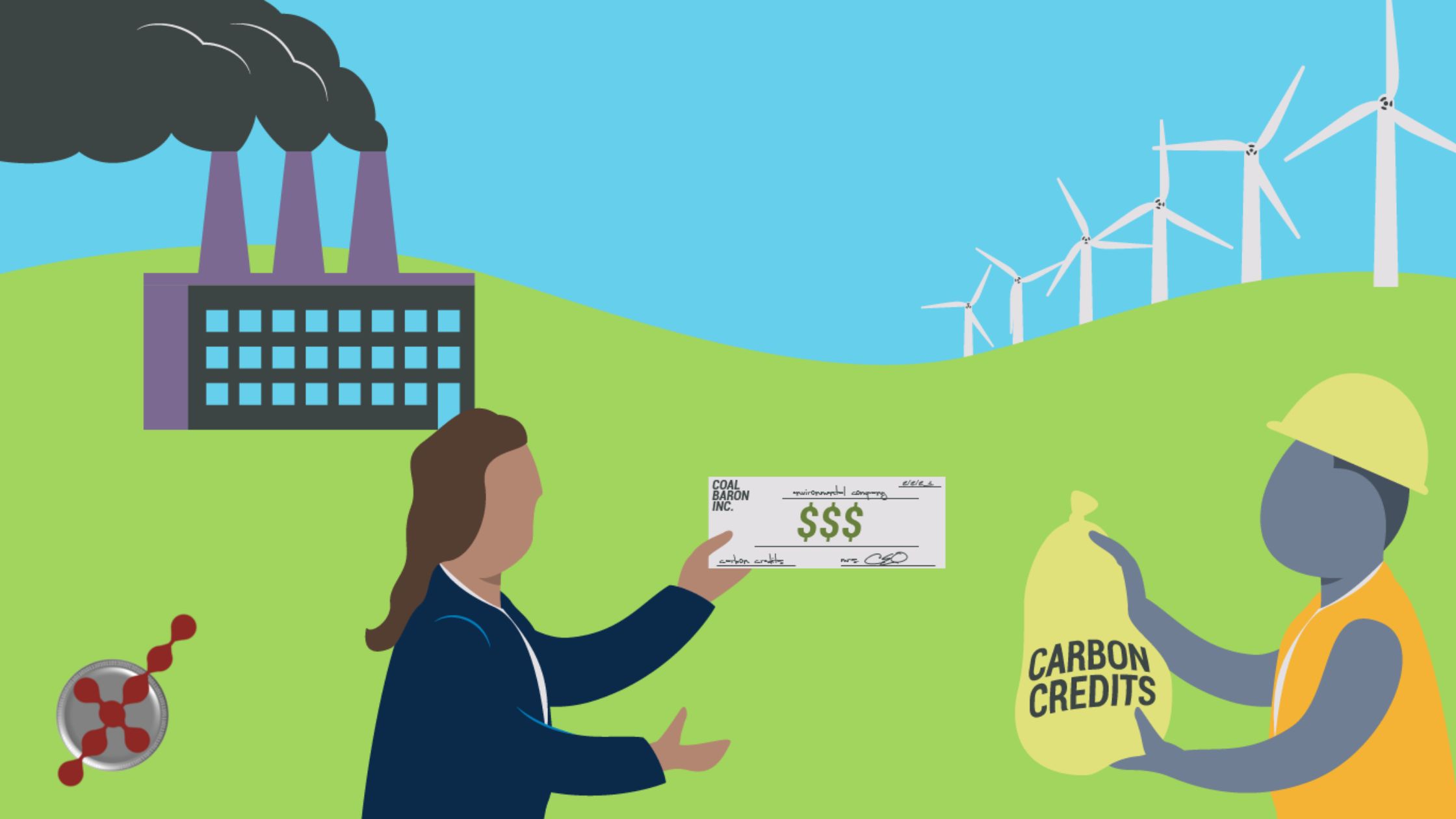For a tradeable certificate or permit, a carbon credit is a general term representing the right to emit a certain amount of carbon dioxide or a different amount of greenhouse gas (tCO2e).
Carbon Credit and the Carbon Market are a component of national and international efforts to reduce the increase in greenhouse gas (GHG) concentrations. In some markets, a carbon credit is equivalent to one ton of carbon dioxide or gas equivalent to carbon dioxide. Carbon trading is an application of an emissions trading method. Greenhouse gas emissions are limited, and then markets are used to allocate emissions within a group of regulated sources.
The goal is to allow market processes to move industrial and commercial processes toward low-emission or low-carbon intensive systems. At the same time, there is no cost to emitting carbon dioxide and other GHG into the atmosphere. Since GHG mitigation projects generate credit, this method can use to finance carbon reduction projects among business partners around the world.
Many companies sell carbon credits to commercial and individual customers willing to reduce their carbon footprint voluntarily. These carbon offsetters purchase credit from an investment fund or a carbon development company with consolidated credits from individual projects. Buyers and sellers can also use an exchange platform to trade, similar to a stock exchange for carbon credits. The quality of the credits is based on the legitimacy process and sophistication of the fund or development agency acting as the sponsor of the carbon project. It reflects their value; Voluntary units usually have a lower price than units sold through strictly verified clean development mechanisms. The European Union’s carbon credits traded at 16.21 per ton in 2018, averaging 7.78 to $ 25.19. While it is in development, it is expected that the value and transactions of carbon credits will continue to rise, especially as various governments have pledged to “recover the green” from the Covid-19 epidemic recession.
Carbon Credit Today
Cap-and-trade programs remain controversial in the United States. However, according to the Centre for Climate and Energy Solutions, 11 states have adopted market-based approaches to reducing greenhouse gases. Of these, 10 northeastern states have jointly attacked the problem through a program known as the Regional Greenhouse Gas Initiative (RGGI).
There are two types of credit. Voluntary Emission Reduction (VER) is a carbon offset that is exchanged for credits over-the-counter or in the voluntary market. Certified emissions reduction (CER) depends on the emissions unit (or credit) created by a regulatory framework to offset a project’s emissions.
Burning fossil fuels is a significant source of greenhouse gas emissions, especially for electricity, cement, steel, textiles, fertilizers, and many other industries that rely on fossil fuels (electricity from coal, coal, natural gas, and oil). The primary greenhouse gases emitted by these industries are carbon dioxide, methane, nitrous oxide, hydrofluorocarbons (HFCs), etc., all of which increase the ability of the atmosphere to retain infrared energy and thus affect the climate.
The concept of carbon credits has come into being due to growing awareness of the need for emissions control. The IPCC (Intergovernmental Panel on Climate Change) observed that:
Policies that provide an accurate or implicit value to carbon can incentivize producers and consumers to invest significantly in low-GHG products, technologies, and processes. Such policies may include economic instruments, government funding, and control,
Note that the tradeable permit system is an instrument of policy that is environmentally effective in the industrial sector, as long as there is good forecasting on the initial allocation process and long-term pricing.
An international agreement between more than 170 countries formally transformed the process into the Kyoto Protocol, and the market system was agreed upon through the subsequent Marrakesh Agreement. The approach adopted is similar to the booming US Acid Rain Program to reduce some industrial pollution.
Where can you buy carbon credits?
Several private companies offer carbon offsets to companies or individuals seeking to reduce their net carbon footprint. These offsets represent investments or contributions to forestry or other projects with negative carbon footprints. Buyers can also buy tradable credits on carbon exchanges such as the Singapore Digital Exchange.
Which countries have a mandatory carbon market?
As its name implies, mandatory markets are used by companies, and governments are legally mandated to offset their emissions.
The countries that have joined these markets have accepted and adopted emissions limits established in the UN Convention on Climate Change framework. (UNFCCC)
On the other hand, voluntary carbon market compliance operates outside the market but, in parallel, allows private companies and individuals to purchase carbon offsets voluntarily.


